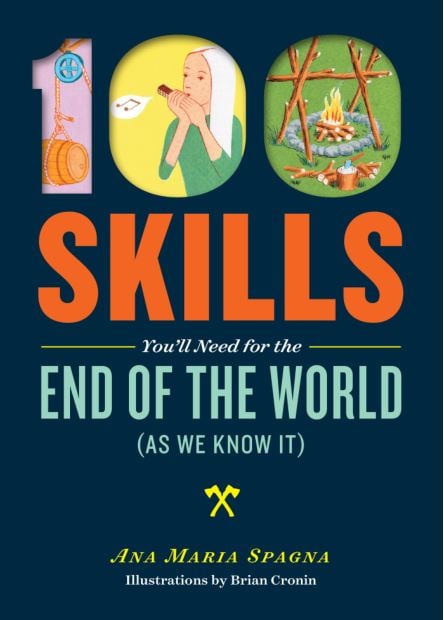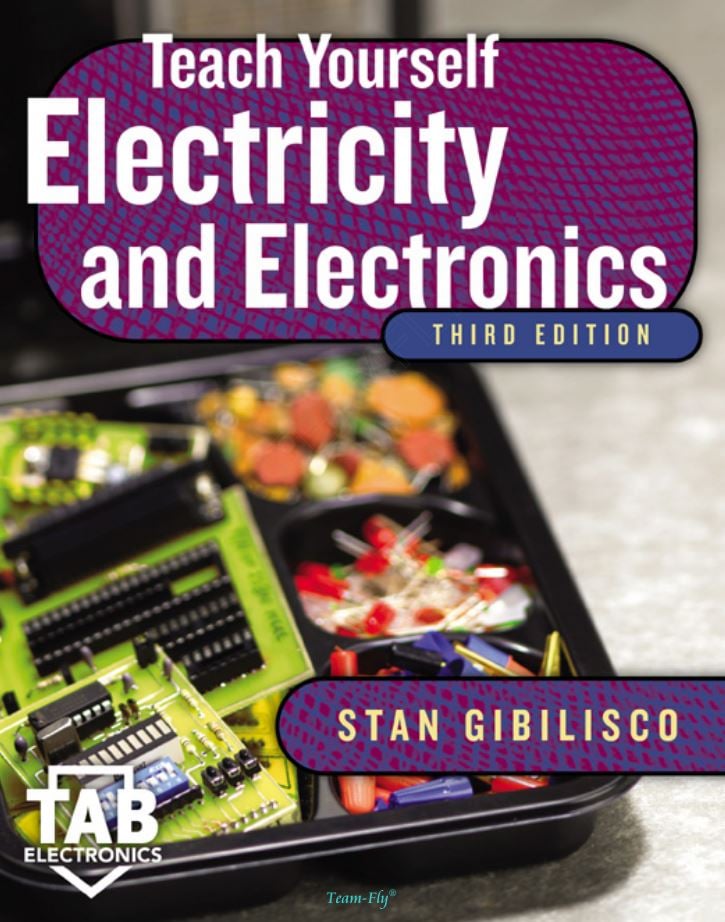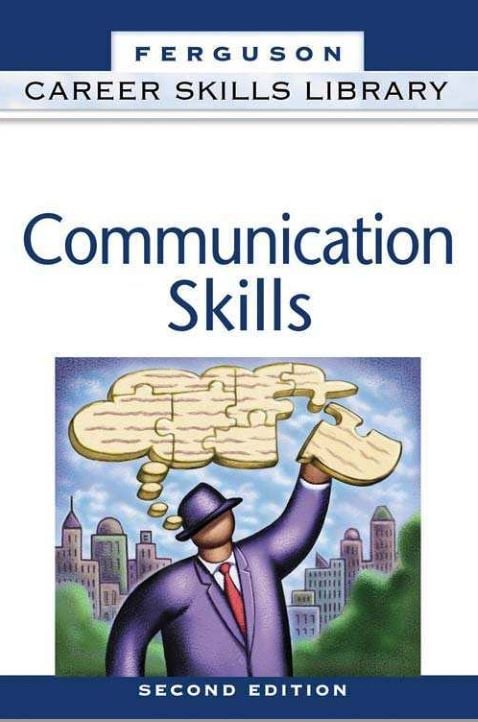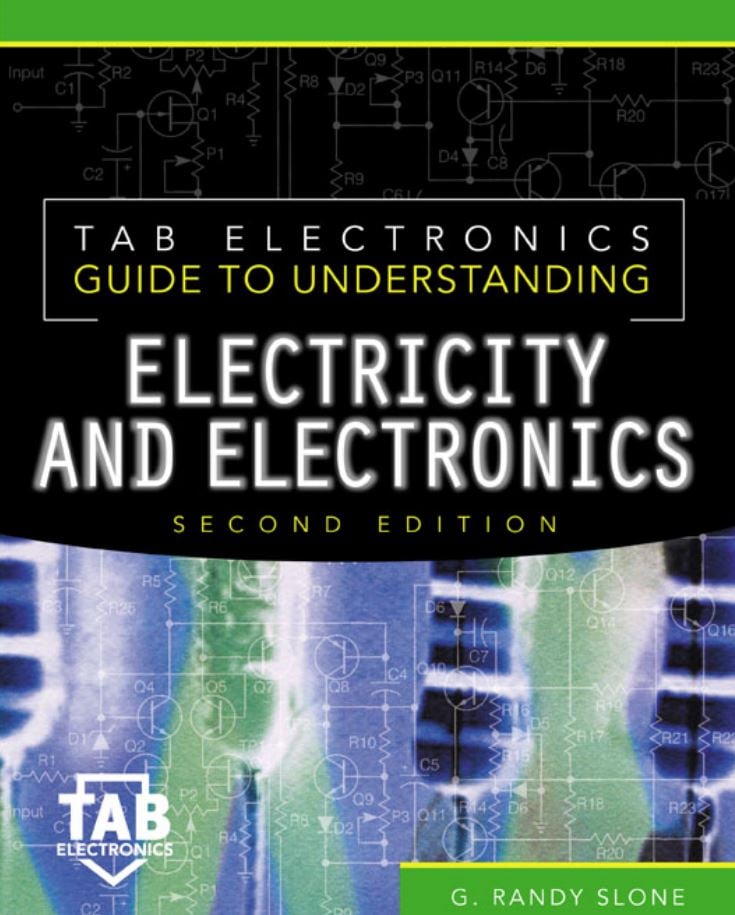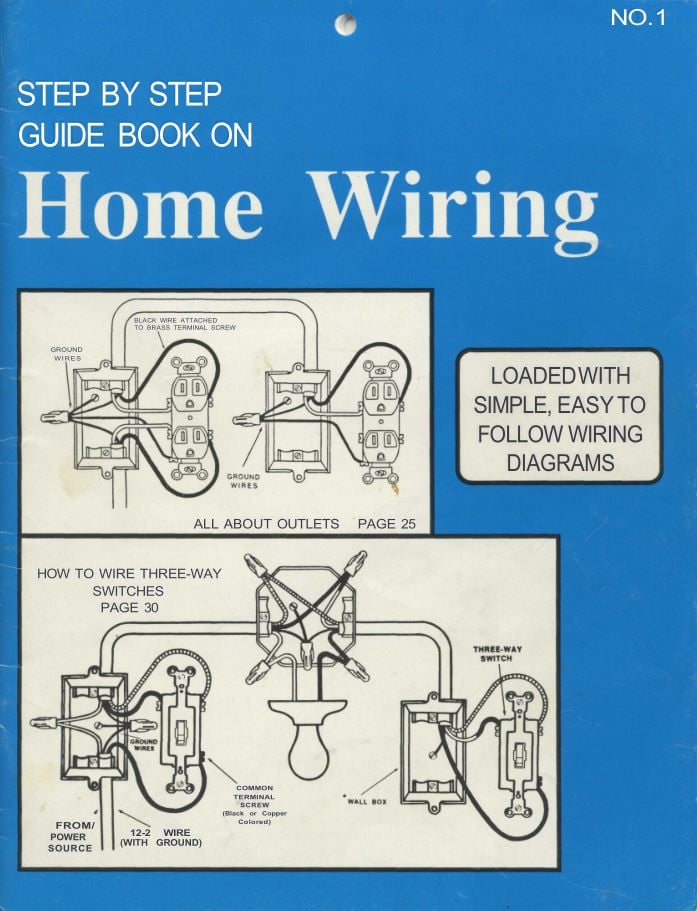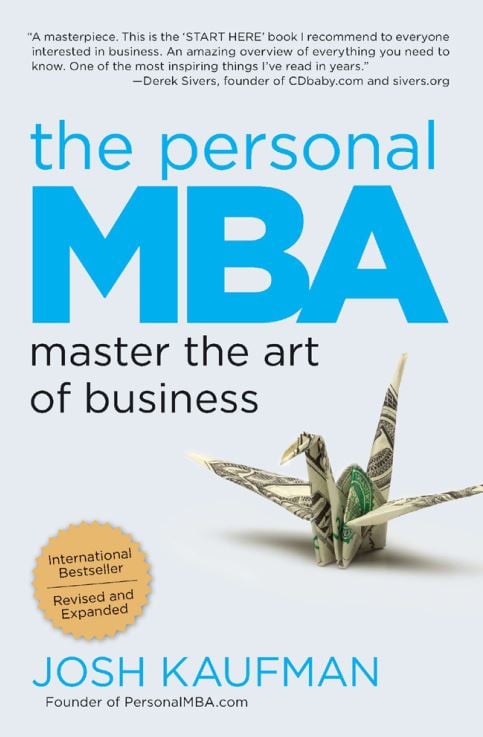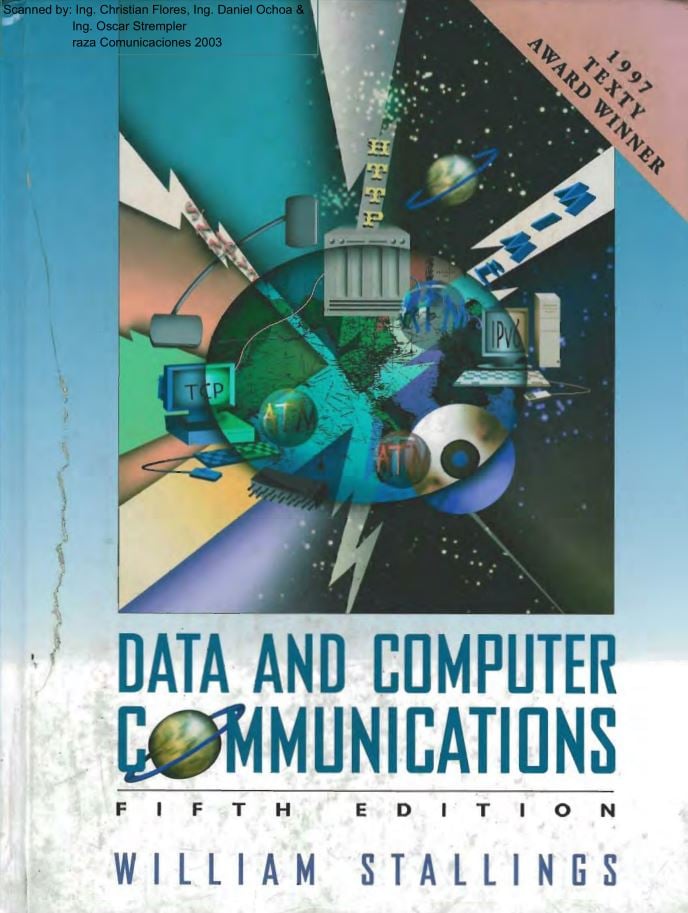
Data and Computer Communications - William Stallings
On Sale
$3.00
$3.00
Data_and_Computer_Communications_-_William Stallings
The 1970s and 1980s saw a merger of the fields of computer science and data
unications that profoundly changed the technology, products, and
panies of the now-combined computer-communications industry. Al-
though the consequences of this revolutionary merger are still being worked out, it
is safe to say that the revolution has occurred, and any investigation of the field of
data communications must be made within this new context.
The computer-communications revolution has produced several remarkable
facts:
There is no fundamental difference between data processing (computers) and
data communications (transmission and switching equipment).
There are no fundamental differences among data, voice, and video commu-
nications.
The lines between single-processor computer, multi-processor computer,
local network, metropolitan network, and long-haul network have blurred.
One effect of these trends has been a growing overlap of the computer and
communications industries, from component fabrication to system integration.
Another result is the development of integrated systems that transmit and process
all types of data and information. Both the technology and the technical-standards
organizations are driving toward a single public system that integrates all commu-
nications and makes virtually all data and information sources around the world
easily and uniformly accessible.
It is the ambitious purpose of this book to provide a unified view of the broad
field of data and computer communications. The organization of the book reflects
an attempt to break this massive subject into comprehensible parts and to build,
piece by piece, a survey of the state of the art. This introductory chapter begins with
a general model of communications. Then, a brief discussion introduces each of the
four major parts of this book. Next, the all-important role of standards is intro-
duced. Finally, a brief outline of the rest of the book is provided.
The 1970s and 1980s saw a merger of the fields of computer science and data
unications that profoundly changed the technology, products, and
panies of the now-combined computer-communications industry. Al-
though the consequences of this revolutionary merger are still being worked out, it
is safe to say that the revolution has occurred, and any investigation of the field of
data communications must be made within this new context.
The computer-communications revolution has produced several remarkable
facts:
There is no fundamental difference between data processing (computers) and
data communications (transmission and switching equipment).
There are no fundamental differences among data, voice, and video commu-
nications.
The lines between single-processor computer, multi-processor computer,
local network, metropolitan network, and long-haul network have blurred.
One effect of these trends has been a growing overlap of the computer and
communications industries, from component fabrication to system integration.
Another result is the development of integrated systems that transmit and process
all types of data and information. Both the technology and the technical-standards
organizations are driving toward a single public system that integrates all commu-
nications and makes virtually all data and information sources around the world
easily and uniformly accessible.
It is the ambitious purpose of this book to provide a unified view of the broad
field of data and computer communications. The organization of the book reflects
an attempt to break this massive subject into comprehensible parts and to build,
piece by piece, a survey of the state of the art. This introductory chapter begins with
a general model of communications. Then, a brief discussion introduces each of the
four major parts of this book. Next, the all-important role of standards is intro-
duced. Finally, a brief outline of the rest of the book is provided.


